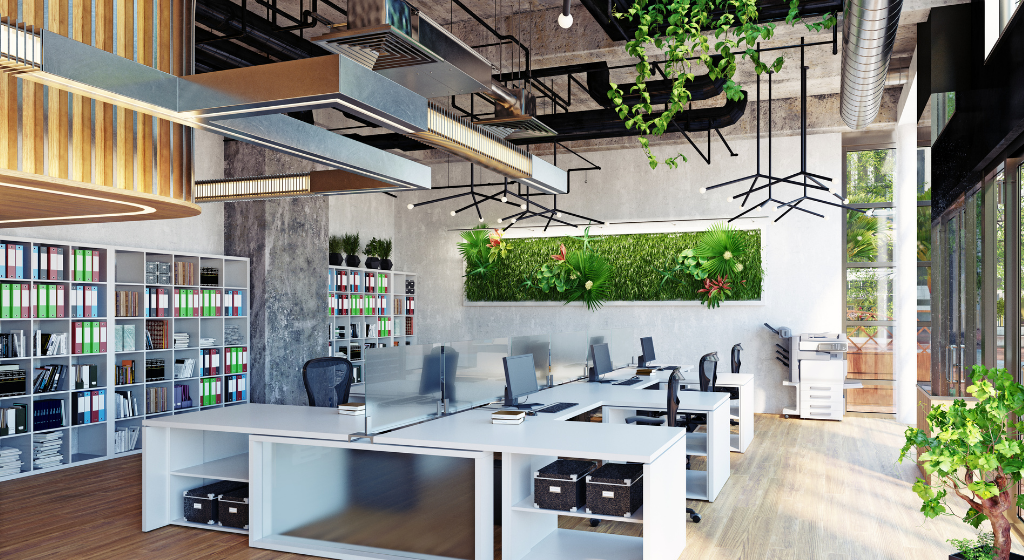The modern workplace is constantly evolving to meet the needs of employees and the organisations they work for. One of the most important aspects of this evolution is the office interior design. The layout and furnishings of an office have a direct impact on employee productivity and collaboration.
That’s why more and more organisations are embracing flexible Office Interior Design Sydney. This type of design takes into account the ever-changing needs of employees and makes it easy to adapt the workspace as those needs change. If you’re looking to boost productivity and collaboration in your office, here are five tips for designing a flexible workspace.
Top 5 Tips for Flexible Office Interior Design
-
Establish Zones for Different Activities
One of the keys to successful flexible Office Interior Design Sydney is establishing different zones for different activities. For example, you might have a zone for individual work, a zone for collaborative work, and a zone for socialising and networking. By creating separate areas for different activities, you can make it easier for employees to focus on the task at hand and be more productive.
-
Make Use of Natural Light
Natural light has been shown to boost productivity and improve moods, so it’s important to make use of it in your office design. If possible, choose an office with lots of windows and natural light.
If you’re stuck in a windowless office, supplement the artificial lighting with plenty of task lighting at individual desks. You can also add some greenery to the office to bring in some nature. Plants have been shown to improve air quality and boost productivity, so they’re a great addition to any workspace.
-
Incorporate Technology

In today’s workplace, technology is king. That’s why it’s important to incorporate technology into your office design. When you’re planning your office layout, make sure there are plenty of outlets, and that furniture is positioned in a way that makes it easy to use computers, phones, and other devices. You should also consider investing in power strips or surge protectors so that employees can easily charge their devices while they’re working.
-
Promote Privacy
While open offices are all the rage these days, they’re not necessarily conducive to productive work. If you want your employees to be able to focus on their work, you need to promote privacy in your office design. This can be done in a number of ways, such as using partitions or screens between workspaces or providing private meeting rooms or break-out areas where employees can retreat when they need some quiet time.
-
Incorporate Comfortable Seating
Another important element of flexible office interior design is comfortable seating. When people are comfortable, they’re more likely to be productive. Be sure to include plenty of seating options in your office, from armchairs and sofas to standing desks and stools. And don’t forget about places to take breaks!
A comfortable lounge area with plenty of pillows and blankets is a great way to encourage people to step away from their workstations and relax for a few minutes. By providing employees with plenty of comfortable places to sit, you can create an inviting workspace that will promote productivity.
Conclusion:
Flexible office interior design is all about making the most of your space while promoting productivity and collaboration. By creating zones for different activities, making use of natural light, and incorporating comfortable seating, you can design an office that is both stylish and functional. Keep these tips in mind when planning your next office renovation!








